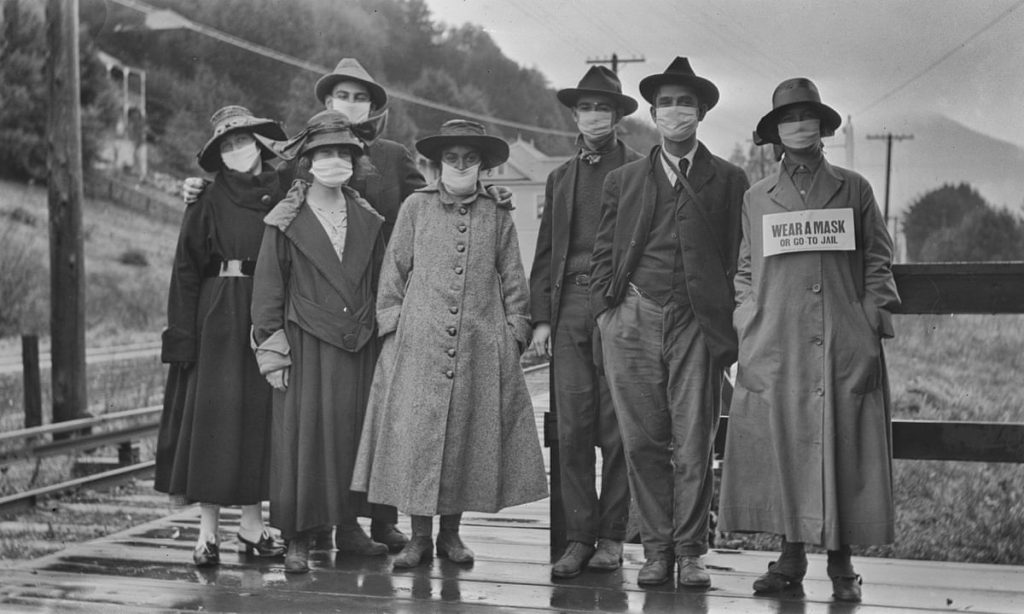While some people don’t believe it’s true, we’ve all heard the saying ‘history repeats itself’. The definition is quite simple; historic recurrences repeat similar events in a neverending cycle. Even though history doesn’t repeat itself in full detail, it always shows us patterns that we should consider and pay attention to so that we can avoid the same losses in the future.
A few months ago, the coronavirus managed to paralyze the usually busy streets of Cairo after a curfew was imposed on the 25th of March as part of our government efforts to contain the outbreak that started in Wuhan, China back in December of 2019. The virus has now spread to more than 200 countries and territories around the world, killed over 300,000 people, and affected millions.

It’s been almost 102 years since the last major viral pandemic. According to the World Health Organization (WHO), the first influenza pandemic of the 21st century was the H1N1 influenza virus that took place in 2009-2010, killing 100,000 and 400,000 worldwide. On the other hand, during the 20th century, only three major influenza pandemics swept our globe, placing the 1918 Spanish Flu as the most severe, killing as many as 100 million people; that’s 5% of the world’s population. Milder pandemics also took place, the Asian Flu caused by an H2N2 virus in 1957-1958, and the Hong Kong Flu caused by an H3N2 virus in 1968. Each caused the death of 1-4 million people worldwide.
There were other major outbreaks such as the Black Death, cholera, and HIV/AIDS that killed millions as well.
After what history has shown us, you can still see today that there are many people in denial about the seriousness of coronavirus and are not taking the precautionary measures seriously enough.

The lessons we can learn from past pandemics are very important to help curb the outbreak and save our future. The first important lesson is that social distancing works. In 1918, as in 2020, travel swiftly spread the virus and the only way to contain the virus was to isolate people from one another.
Second, the virus doesn’t care about your age. According to various reports, the 1918 influenza epidemic was most likely to hit the young and healthy, killing people between the age of 15-45 years old.
Third, inoculation works. It was initially used in China and the Middle East, then it was deported to the west and was actually used by North American soldiers to immunize themselves during the 1700s smallpox epidemic. Fast forward to 2020, you’ll notice that vaccination has once again come up, as researchers are currently exploring the idea of using “convalescent plasma” as a treatment. They believe that COVID-19 survivor’s blood contains antibodies that can fight the virus and therefore can be used as a vaccine.
Finally, from a moral perspective, the most important lesson to learn during such times is to not blame the sick. The current hatred towards Asians, driven by the fact that the virus initially emerged from China, is unfair and based on ignorance. Hatred and the blame towards the sick have happened over and over throughout history; when the cholera epidemic hit the world in the 1800s the white protestants shunned Irish immigrants, and when the HIV/AIDS spread in the 1980s the LGBT community was targeted. Don’t let the fear and blame distract us from finding the solution. And as horrific as the coronavirus might seem, remember how mankind survived 1918 using less advanced health systems and medical tools.



